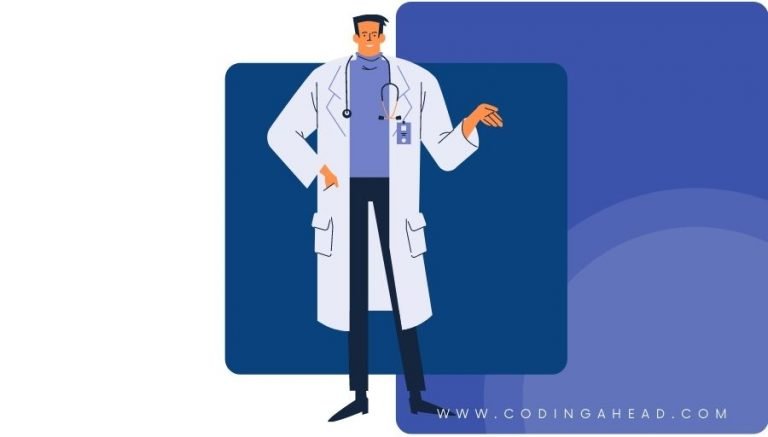How To Use CPT Code 78266
CPT 78266 describes the procedure for a gastric emptying imaging study with small bowel and colon transit over multiple days. This article will cover the description, official description, procedure, qualifying circumstances, appropriate usage, documentation requirements, billing guidelines, historical information, similar codes and billing examples.
1. What is CPT Code 78266?
CPT 78266 is used to describe a diagnostic nuclear medicine procedure known as a gastric emptying imaging study. This study involves administering a meal with a radiopharmaceutical or tracer to the patient and evaluating the speed at which the stomach and intestines empty. The provider captures various images and monitors the passage of the food to study the functioning of the gastric and intestinal muscles.
2. Official Description
The official description of CPT code 78266 is: ‘Gastric emptying imaging study (eg, solid, liquid, or both); with small bowel and colon transit, multiple days.’
3. Procedure
- In this procedure, the provider gives the patient a liquid, solid, or semisolid meal with a radiopharmaceutical or tracer added to it.
- After the patient completes the meal, the provider uses scintigraphy to immediately image the esophagus, stomach, small bowel, and colon.
- The provider performs continuous imaging for three to four hours and intermittent imaging over multiple days to evaluate the strength of the gastric and intestinal muscles.
4. Qualifying circumstances
CPT 78266 is used for patients who require a gastric emptying imaging study with small bowel and colon transit. This procedure is typically performed to evaluate the functioning of the gastric and intestinal muscles. It is important to note that this code should not be reported if the provider is only evaluating the strength of the stomach muscles (use CPT code 78264) or the strength of the stomach and small intestine (use CPT code 78265).
5. When to use CPT code 78266
CPT code 78266 should be used when a provider performs a gastric emptying imaging study with small bowel and colon transit over multiple days. This code is appropriate when evaluating the functioning of the gastric and intestinal muscles. It should not be used for other purposes or when evaluating only specific parts of the gastrointestinal system.
6. Documentation requirements
To support a claim for CPT code 78266, the provider must document the following information:
- Patient’s medical history and reason for the gastric emptying imaging study
- Details of the meal administered to the patient, including whether it was liquid, solid, or semisolid
- Type of radiopharmaceutical or tracer used
- Date and duration of the continuous and intermittent imaging
- Images captured during the study
- Interpretation of the study results
- Signature of the provider performing the study
7. Billing guidelines
When billing for CPT code 78266, ensure that the provider performs a gastric emptying imaging study with small bowel and colon transit over multiple days. It is important to append the appropriate modifiers (26 or TC) based on whether the provider is reporting the professional or technical component of the service. Additionally, be aware of payer policies regarding the use of modifiers for hospital services. It is also important to note that CPT code 78266 should not be reported if other codes (78264, 78265) have already been performed in the same imaging study.
8. Historical information
CPT code 78266 was added to the Current Procedural Terminology system on January 1, 2016. There have been no updates to the code since its addition.
9. Examples
- A patient undergoes a gastric emptying imaging study with small bowel and colon transit over multiple days to evaluate the functioning of their gastrointestinal muscles.
- A provider administers a liquid meal with a radiopharmaceutical to a patient and performs continuous imaging for three hours to assess the rate of gastric emptying and intestinal transit.
- A patient with suspected gastric motility issues undergoes a gastric emptying imaging study with small bowel and colon transit over multiple days to determine the cause of their symptoms.
- A provider uses scintigraphy to capture images of a patient’s esophagus, stomach, small bowel, and colon during a gastric emptying imaging study with small bowel and colon transit over multiple days.
- A patient with a history of gastrointestinal disorders undergoes a gastric emptying imaging study with small bowel and colon transit over multiple days to assess the functioning of their gastric and intestinal muscles.
- A provider performs intermittent imaging over multiple days to evaluate the strength and coordination of a patient’s gastric and intestinal muscles during a gastric emptying imaging study with small bowel and colon transit.
- A patient with suspected delayed gastric emptying undergoes a gastric emptying imaging study with small bowel and colon transit over multiple days to confirm the diagnosis.
- A provider administers a solid meal with a radiopharmaceutical to a patient and performs continuous imaging for four hours to assess the rate of gastric emptying and intestinal transit during a gastric emptying imaging study with small bowel and colon transit over multiple days.
- A patient with a history of gastrointestinal surgery undergoes a gastric emptying imaging study with small bowel and colon transit over multiple days to evaluate the functioning of their reconstructed gastrointestinal tract.
- A provider interprets the images captured during a gastric emptying imaging study with small bowel and colon transit over multiple days to determine the rate at which food is emptying from the patient’s stomach and intestines.


